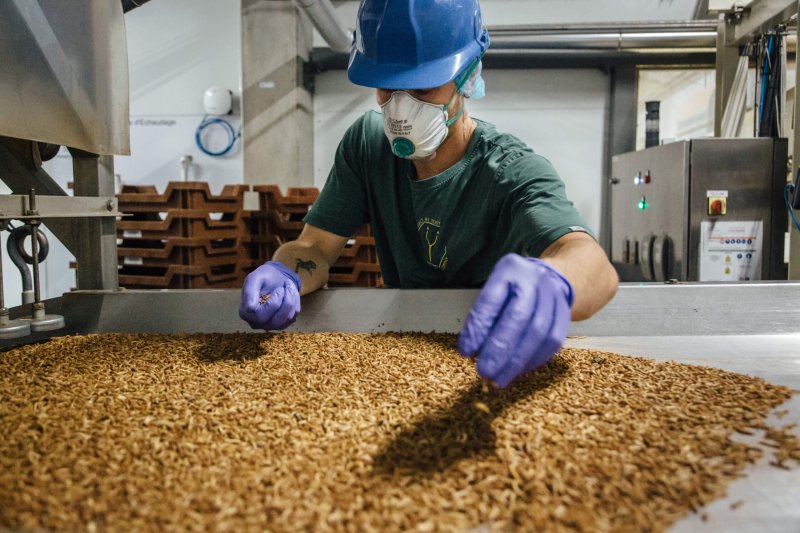Christine Picard’s search for a better bug to feed the world starts with dead bodies. Well, not the corpses themselves, but the blow flies, flesh flies, and other squirmy, wriggly things that wing their way to corpses in the minutes and hours after death.
Picard, a forensic entomologist at Indiana University–Purdue University Indianapolis, studies why some insects grow much more quickly than others. This is important for criminal investigations, because the maturity and type of insects found on a body can help nail down exactly when someone died. B
ut Picard’s research on corpse-munching flies is starting to have an effect way beyond autopsy reports: Now her focus is on food.
Don’t worry. It’s (mostly) not for you.
Instead, it’s animals — our pets and livestock — that are really driving the edible insect revolution. In Australia, dogs can chow down on pumpkin and mealworm biscuits made by Buggy Bix. In Europe, the brand Tomojo sells all kinds of animal treats supplemented with black soldier fly larvae. Mars, the world’s largest pet food manufacturer, now sells its own brand of insect-supplemented food for cats and dogs. For now, pet food is the largest market for insect protein.































